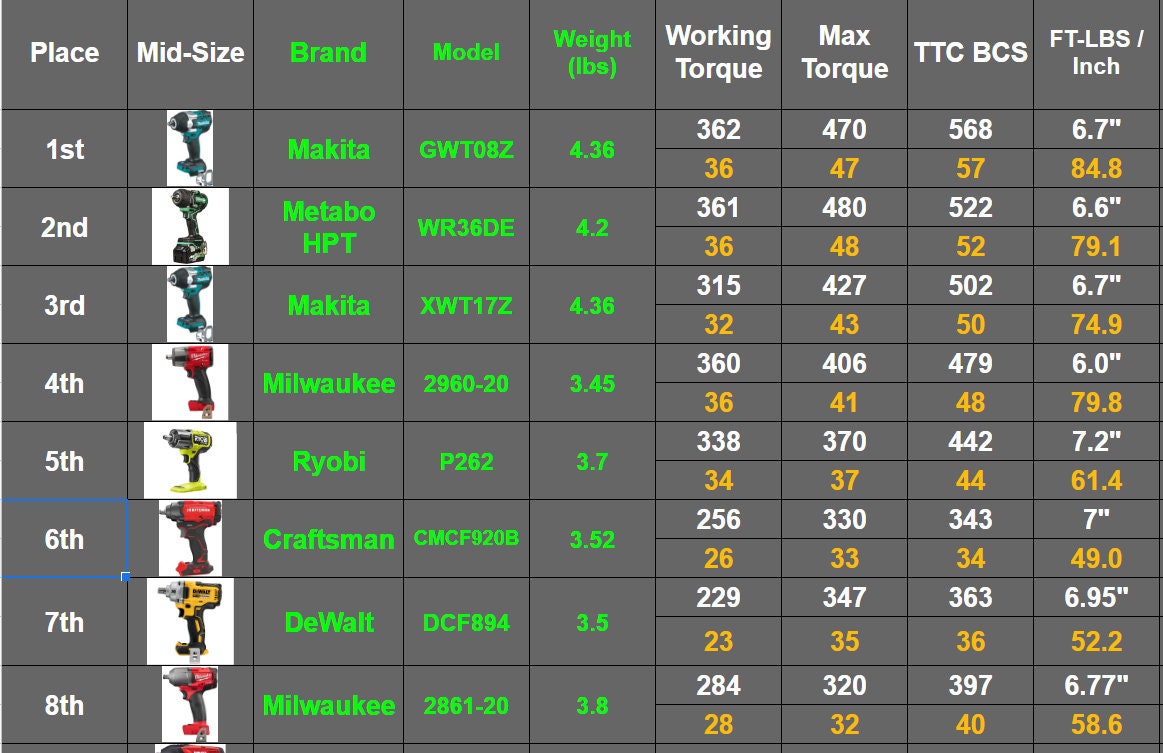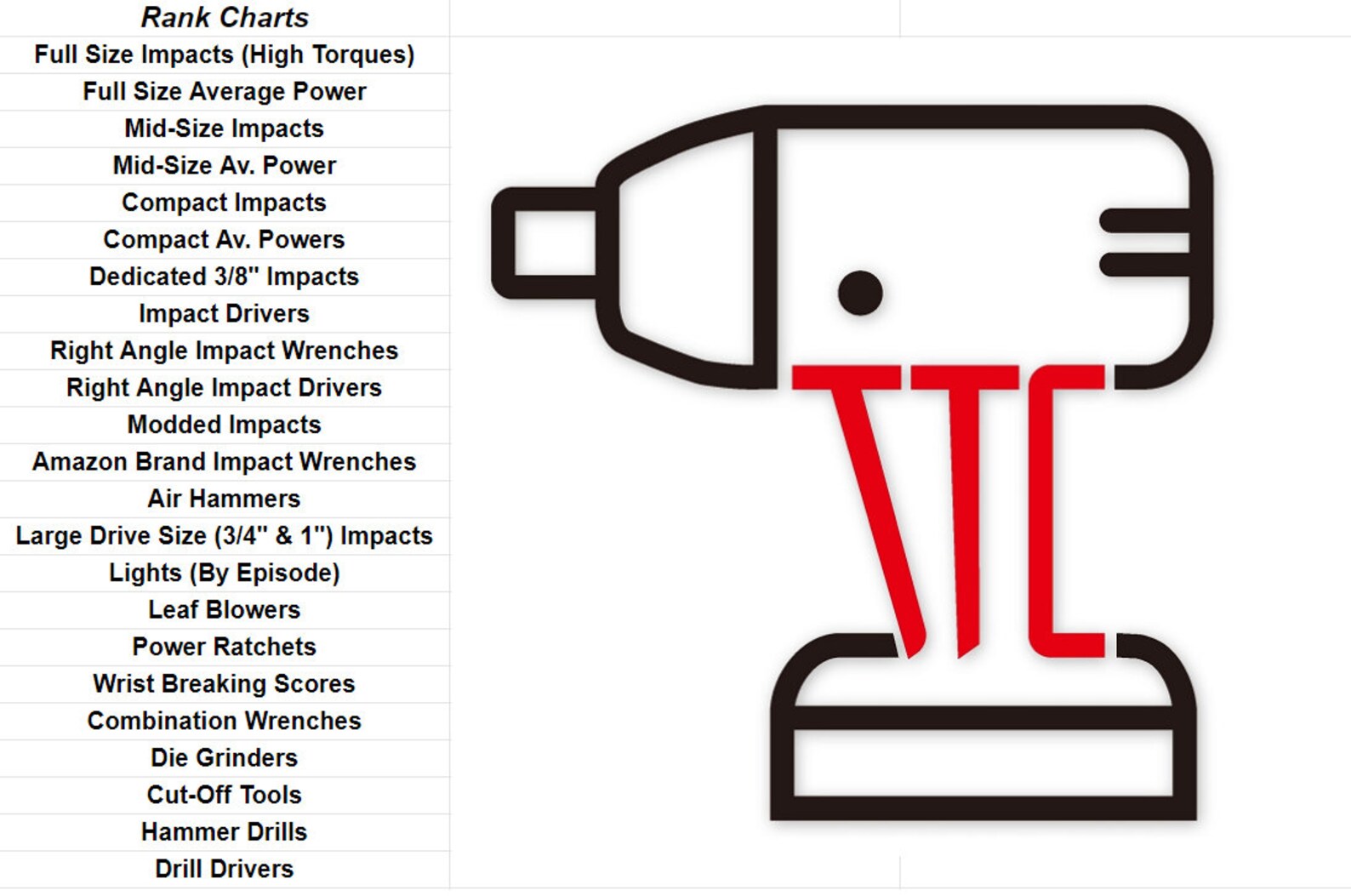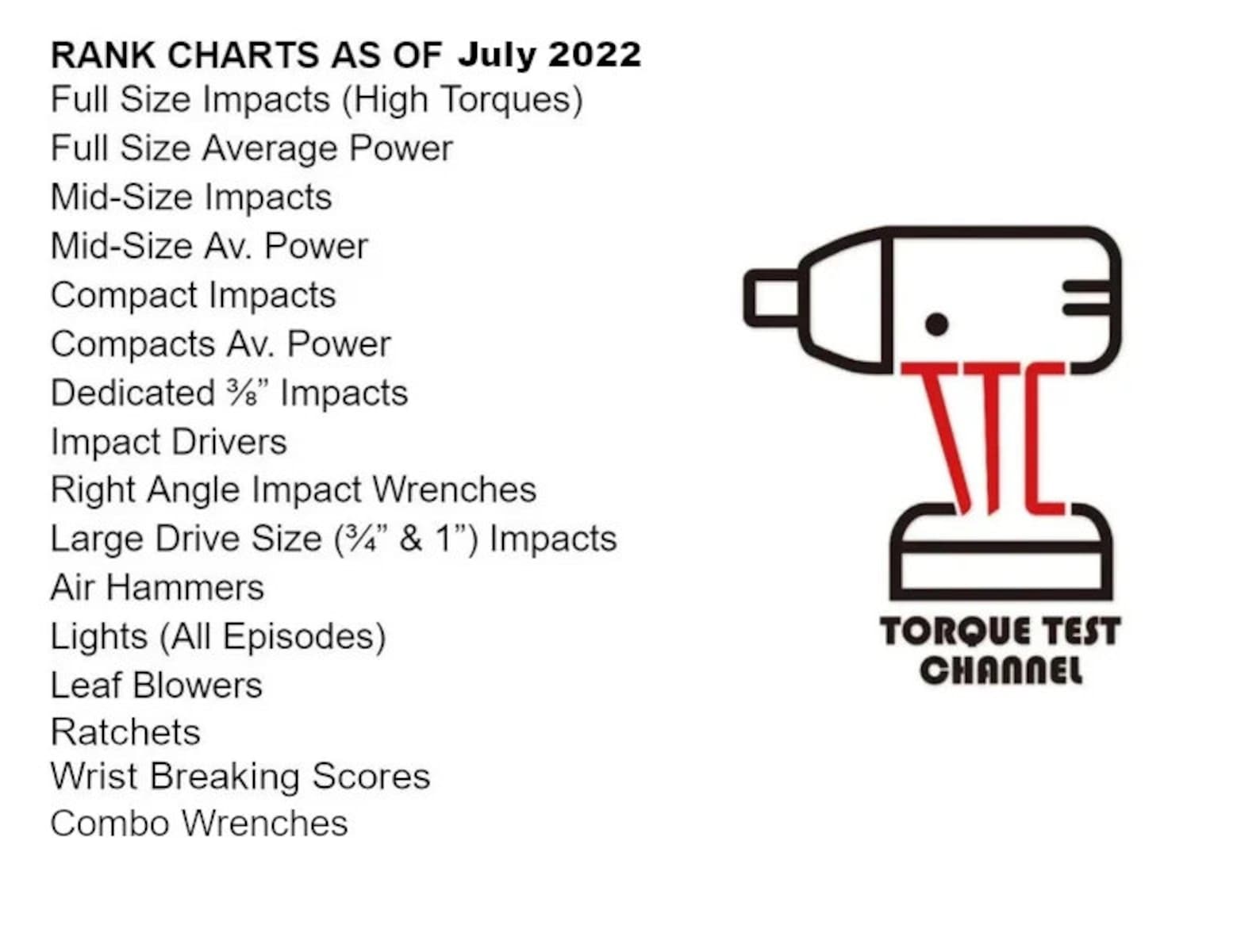Want to manage your torque test data efficiently? Explore the power of torque test channel spreadsheets!
A torque test channel spreadsheet is an essential tool for recording, organizing, and analyzing torque test data. It provides a structured and systematic way to capture and manage critical information such as test parameters, results, and observations.
The benefits of using a torque test channel spreadsheet are numerous. It enables you to:
Read also:Is Aj Brown Related To Antonio Brown Unraveling The Football Family Tree
- Efficiently record and store torque test data in a centralized location.
- Easily organize and retrieve test results based on specific criteria.
- Quickly analyze data to identify trends, patterns, and potential issues.
- Generate reports and visualizations to communicate test results effectively.
Torque test channel spreadsheets have a rich history in various industries, including manufacturing, automotive, and aerospace. They have evolved over time to meet the changing needs of engineers and technicians.
In addition to the benefits mentioned above, torque test channel spreadsheets also offer flexibility and customization options. Users can tailor the spreadsheet to meet their specific requirements, such as adding custom fields or creating automated calculations.
Overall, a torque test channel spreadsheet is an indispensable tool for anyone involved in torque testing. It streamlines data management, enhances analysis capabilities, and ensures the efficient and effective execution of torque testing processes.
Essential Aspects of Torque Test Channel Spreadsheets
Torque test channel spreadsheets are indispensable tools for managing and analyzing torque test data. Here are seven key aspects to consider:
- Data recording: Efficiently capture and store torque test data.
- Data organization: Organize test results based on parameters like test type, sample ID, or date.
- Data analysis: Analyze data to identify trends, patterns, and potential issues.
- Report generation: Generate reports and visualizations to communicate test results.
- Customization: Tailor the spreadsheet to meet specific requirements and preferences.
- Data sharing: Share data with colleagues and stakeholders for collaboration and review.
- Historical tracking: Track test results over time to monitor performance and identify long-term trends.
These aspects are interconnected and contribute to the overall effectiveness of torque test channel spreadsheets. By leveraging these capabilities, engineers and technicians can streamline their testing processes, ensure data integrity, and gain valuable insights from their torque test data.
1. Data recording
Efficient data recording is a crucial component of torque test channel spreadsheets. It forms the foundation for all subsequent analysis and decision-making. Torque test data encompasses a wide range of parameters, including torque measurements, test conditions, and sample characteristics. Accurate and comprehensive data recording ensures that this vital information is captured and stored in a structured and organized manner.
Read also:Unveiling The True Value Is Costcos Auto Program Worth Your Investment
Torque test channel spreadsheets provide a standardized framework for data recording. They typically include predefined fields and templates that guide users in capturing essential data elements. This structured approach minimizes errors and inconsistencies, ensuring the integrity of the recorded data. Additionally, spreadsheets allow for the inclusion of custom fields and notes, enabling users to tailor the data recording process to their specific testing requirements.
The efficient capture and storage of torque test data is essential for several reasons. First, it enables the creation of a centralized repository for all test data, facilitating easy access and retrieval. This is particularly valuable for organizations that conduct numerous torque tests and need to manage large volumes of data. Second, accurate data recording supports the traceability of test results. By maintaining a complete record of test parameters and conditions, engineers can easily trace back the source of any anomalies or inconsistencies in the test results.
In summary, efficient data recording is the cornerstone of effective torque test channel spreadsheets. It ensures the accuracy, integrity, and traceability of test data, providing a solid foundation for subsequent analysis and decision-making.
2. Data organization
In the context of torque test channel spreadsheets, data organization plays a vital role in managing and analyzing large volumes of test results. Torque test channel spreadsheets provide a structured framework for organizing test data, enabling engineers and technicians to efficiently retrieve and analyze specific information.
- Test type: Organizing test results by test type allows users to quickly identify and group tests based on their specific purpose or methodology. This facilitates comparisons between similar tests and helps identify trends or variations within different test types.
- Sample ID: Organizing test results by sample ID enables users to easily track the performance of individual samples throughout the testing process. This is particularly useful when multiple samples are tested under varying conditions or over extended periods.
- Date: Organizing test results by date provides a chronological view of the testing process. This allows users to monitor the progression of tests over time and identify potential changes or patterns in the test results.
Effective data organization in torque test channel spreadsheets offers several benefits. First, it enhances the accessibility of test results. By organizing data based on relevant parameters, users can quickly locate specific test results without having to manually search through large datasets. Second, data organization facilitates data analysis. By grouping similar test results together, users can easily compare and contrast the performance of different samples or test types. Third, data organization supports informed decision-making. By identifying trends and patterns in the test results, engineers and technicians can make informed decisions regarding product design, manufacturing processes, or quality control measures.
In conclusion, data organization is a critical aspect of torque test channel spreadsheets. It enables efficient data management, supports in-depth analysis, and contributes to informed decision-making throughout the torque testing process.
3. Data analysis
Data analysis is an essential aspect of torque test channel spreadsheets. It involves examining and interpreting test data to identify trends, patterns, and potential issues that may not be immediately apparent from a cursory review of the raw data.
- Identifying trends: Data analysis can help identify trends in torque values over time or across different samples. These trends can provide insights into the performance and consistency of the product or process being tested.
- Recognizing patterns: Data analysis can also help recognize patterns in the data that may indicate underlying issues or areas for improvement. For example, a pattern of increasing torque values over time may suggest a gradual degradation of the material being tested.
- Uncovering potential issues: Data analysis can assist in uncovering potential issues that may not be evident from the raw data alone. By examining the data from various angles and using statistical techniques, analysts can identify outliers or anomalies that may warrant further investigation.
- Facilitating informed decision-making: Data analysis plays a crucial role in facilitating informed decision-making. By providing insights into the performance and potential issues of the product or process being tested, data analysis enables engineers and technicians to make informed decisions about design modifications, process improvements, or quality control measures.
In summary, data analysis is a powerful tool that helps unlock the full potential of torque test channel spreadsheets. By identifying trends, patterns, and potential issues in the test data, engineers and technicians can gain valuable insights that contribute to improved product design, manufacturing processes, and quality control.
4. Report generation
Report generation is an integral part of torque test channel spreadsheets. It involves presenting the test results in a clear and concise manner, enabling engineers and technicians to effectively communicate their findings to stakeholders and decision-makers.
Torque test channel spreadsheets provide various tools and features for report generation. These include:
- Automated report generation: Spreadsheets can be configured to automatically generate reports based on predefined templates. This saves time and ensures consistency in reporting.
- Customizable reports: Spreadsheets allow users to customize reports to meet specific requirements. This includes selecting the data to be included, the format of the report, and the inclusion of additional information such as graphs and charts.
- Visualizations: Spreadsheets offer a range of visualization options, such as charts and graphs. These visualizations help present the test results in a visually appealing and easy-to-understand format.
Effective report generation is essential for several reasons. First, it allows engineers and technicians to communicate their findings in a clear and concise manner. This is particularly important when sharing results with stakeholders who may not have a technical background.
Second, report generation helps document the testing process and results. This documentation can be valuable for future reference, quality control purposes, and regulatory compliance.
Overall, report generation is a critical component of torque test channel spreadsheets. It enables engineers and technicians to effectively communicate their findings, document the testing process, and support informed decision-making.
5. Customization
The ability to customize torque test channel spreadsheets is a key aspect that enhances their usability and effectiveness in various applications. Customization allows engineers and technicians to tailor the spreadsheet to their specific requirements and preferences, ensuring that it aligns with their unique testing needs and workflows.
- Custom fields and calculations: Spreadsheets can be customized to include additional fields and calculations that are specific to the user's testing requirements. This flexibility enables users to capture and analyze data that is essential for their particular application.
- Conditional formatting and data validation: Customization options allow users to apply conditional formatting and data validation rules to the spreadsheet. This helps ensure the accuracy and consistency of the data entered, reducing the risk of errors and improving the overall quality of the test results.
- Macros and automation: Spreadsheets can be customized using macros and automation scripts to streamline repetitive tasks and enhance the efficiency of the testing process. This can save time, reduce manual effort, and minimize the potential for human error.
- User interface and appearance: The user interface and appearance of the spreadsheet can also be customized to suit the user's preferences. This includes customizing the layout, font, and colors, which can improve the overall user experience and make the spreadsheet more visually appealing.
By leveraging the customization capabilities of torque test channel spreadsheets, engineers and technicians can create tailored tools that are optimized for their specific testing needs. This customization ensures that the spreadsheet aligns with their unique workflows, enhances their productivity, and ultimately contributes to the success of their torque testing endeavors.
6. Data sharing
Data sharing is an essential component of torque test channel spreadsheets, enabling collaboration and review among colleagues and stakeholders. By sharing data, engineers and technicians can leverage collective expertise, streamline the review process, and ensure the accuracy and completeness of test results.
Torque test channel spreadsheets provide several features that facilitate data sharing. These include:
- Cloud-based platforms: Spreadsheets can be stored and accessed on cloud-based platforms, allowing multiple users to access and collaborate on the same document in real-time. This eliminates the need for manual data transfer and reduces the risk of data loss.
- Collaboration tools: Spreadsheets offer built-in collaboration tools, such as commenting and revision tracking, which enable users to provide feedback, ask questions, and track changes to the spreadsheet. This facilitates transparent and efficient communication among team members.
- Export and sharing options: Spreadsheets can be easily exported to various formats, such as PDF, CSV, and HTML, making it convenient to share data with stakeholders who may not have access to the spreadsheet software.
Effective data sharing offers several benefits in the context of torque testing. Firstly, it promotes collaboration among team members, allowing them to share insights, identify potential issues, and work together to optimize the testing process. Secondly, data sharing facilitates the review process by enabling stakeholders to provide feedback and suggestions on the test results, ensuring a comprehensive and accurate analysis.
In summary, data sharing is an integral part of torque test channel spreadsheets, enabling collaboration, streamlining review processes, and ensuring the accuracy and completeness of test results. By leveraging the data sharing capabilities of spreadsheets, engineers and technicians can maximize the value of their torque testing efforts.
7. Historical tracking
Historical tracking is a crucial aspect of torque test channel spreadsheets, enabling engineers and technicians to monitor the performance of products or processes over time and identify long-term trends. By analyzing historical data, they can gain valuable insights into the stability, reliability, and potential degradation of the tested components.
- Tracking performance over time: Torque test channel spreadsheets allow engineers to track key performance indicators over time, such as torque values, cycle counts, and failure rates. This data can be plotted on graphs to visualize trends and identify areas for improvement.
- Identifying long-term trends: By analyzing historical data, engineers can identify long-term trends that may not be apparent from short-term testing. These trends can provide insights into the durability and longevity of the tested components.
- Predictive maintenance: Historical tracking enables predictive maintenance strategies by identifying potential issues before they become critical. By analyzing trends and patterns, engineers can anticipate future maintenance needs and schedule maintenance accordingly.
- Quality control: Historical tracking plays a vital role in quality control by providing a comprehensive view of product performance over time. By identifying trends and patterns, engineers can pinpoint areas where quality improvements can be made.
In summary, historical tracking is an essential component of torque test channel spreadsheets, enabling engineers and technicians to monitor performance, identify long-term trends, implement predictive maintenance strategies, and enhance quality control. By leveraging historical data, they can gain valuable insights that contribute to the optimization and improvement of products and processes.
Frequently Asked Questions on Torque Test Channel Spreadsheets
Torque test channel spreadsheets are powerful tools for managing and analyzing torque test data. Here are some frequently asked questions to help you understand and use them effectively:
Question 1: What are the benefits of using a torque test channel spreadsheet?
Answer: Torque test channel spreadsheets offer numerous benefits, including efficient data recording, organized data management, in-depth data analysis, customizable report generation, and enhanced collaboration.
Question 2: How do I organize data effectively in a torque test channel spreadsheet?
Answer: Effective data organization involves categorizing test results based on parameters such as test type, sample ID, and date. This enables easy retrieval and analysis of specific data sets.
Question 3: What types of data analysis can be performed using a torque test channel spreadsheet?
Answer: Torque test channel spreadsheets allow for various data analysis techniques, including identifying trends, recognizing patterns, uncovering potential issues, and making informed decisions based on the test results.
Question 4: How can I customize a torque test channel spreadsheet to meet my specific needs?
Answer: Spreadsheets offer customizable features such as adding custom fields, applying conditional formatting, utilizing macros, and modifying the user interface to align with unique testing requirements.
Question 5: Is it possible to share and collaborate on torque test channel spreadsheets?
Answer: Yes, spreadsheets provide data sharing capabilities through cloud-based platforms and built-in collaboration tools, enabling multiple users to access, review, and contribute to the spreadsheet in real-time.
In summary, torque test channel spreadsheets are versatile tools that empower engineers and technicians to efficiently manage, analyze, and share torque test data. By utilizing their capabilities, professionals can gain valuable insights, optimize testing processes, and enhance product quality.
Proceed to the next article section for further exploration of torque test channel spreadsheets.
Conclusion
This extensive exploration of torque test channel spreadsheets has highlighted their significance and versatility as indispensable tools in the field of torque testing. These spreadsheets provide a structured and efficient platform for data management, analysis, and reporting, empowering engineers and technicians to make informed decisions.
By leveraging the capabilities of torque test channel spreadsheets, professionals can optimize testing processes, ensure data integrity, and gain valuable insights into the performance and reliability of products and components. Their customizable nature and collaboration features make them adaptable to diverse testing requirements and facilitate effective teamwork.
As technology continues to advance, the future of torque test channel spreadsheets holds promising prospects for further innovation and integration with other testing and analysis tools. By embracing these advancements, engineers and technicians can stay at the forefront of torque testing practices and contribute to the development of safer, more durable, and efficient products.


